Dietiker x Dinamo
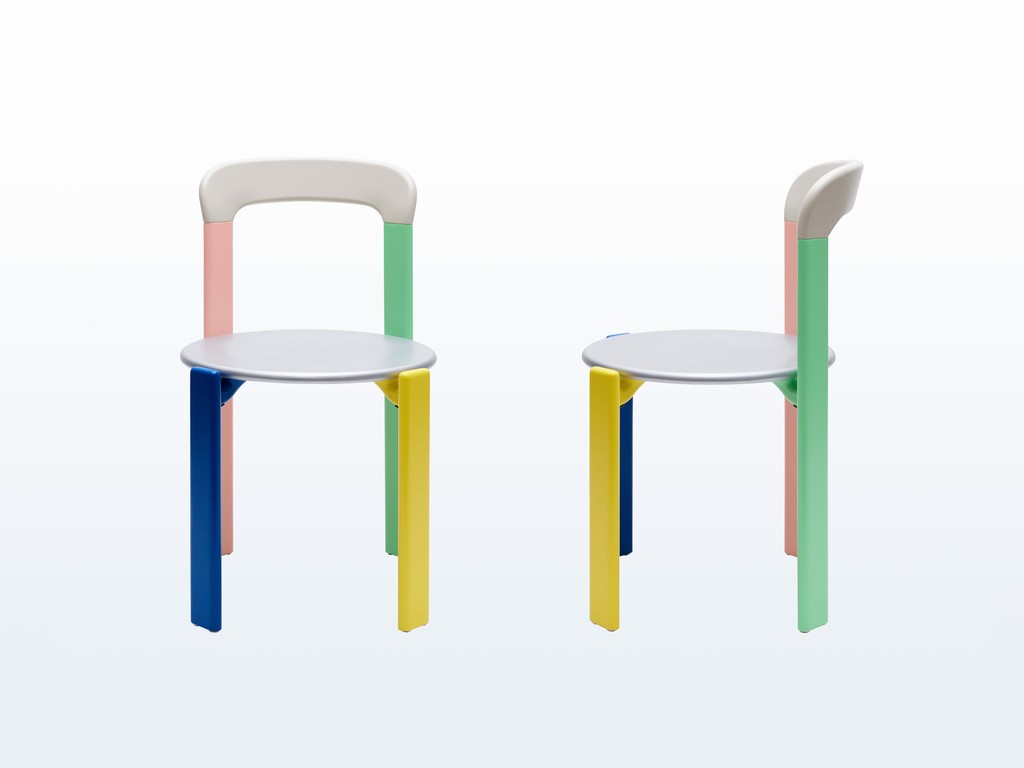
We’re very excited for the release of our multi-colored 3300 Dietiker chairs, made together with color alchemists Maximage! Our collaboration began after an accidental discovery made during a guided tour of the Museum für Gestaltung in Zurich, when we spotted a multi-colored version of Dietiker's classic 3300 chair made in their “Schaulager” collection. Totally mesmerized, we tried to source this colorful original for ourselves, but they're long gone from the market.
After several phone calls and flower deliveries to Dietiker's design director, somewhat miraculously we received a response, and after a long conversation Dietiker agreed to produce a limited, special version of the 3300 for us. That's when we invited Maximage to select the palette, with Haw-lin Services joining the team to make us a signature-style video to crown the launch. Filmed with a Blackmagic Pocket 4K in combination with a Canon EF 100mm F2.8L Macro IS USM Lens, the video's hypnotic movement was achieved with a motion control rotation platform as well as various other motion control devices for the camera's pan, tilt, slide, and focus. Different techniques combine to create dynamic and slightly disorientating visuals.
Below’s a text about Bruno Rey’s Modell 3300 chair, written for the occasion by our good friend and curator Damian Fopp.
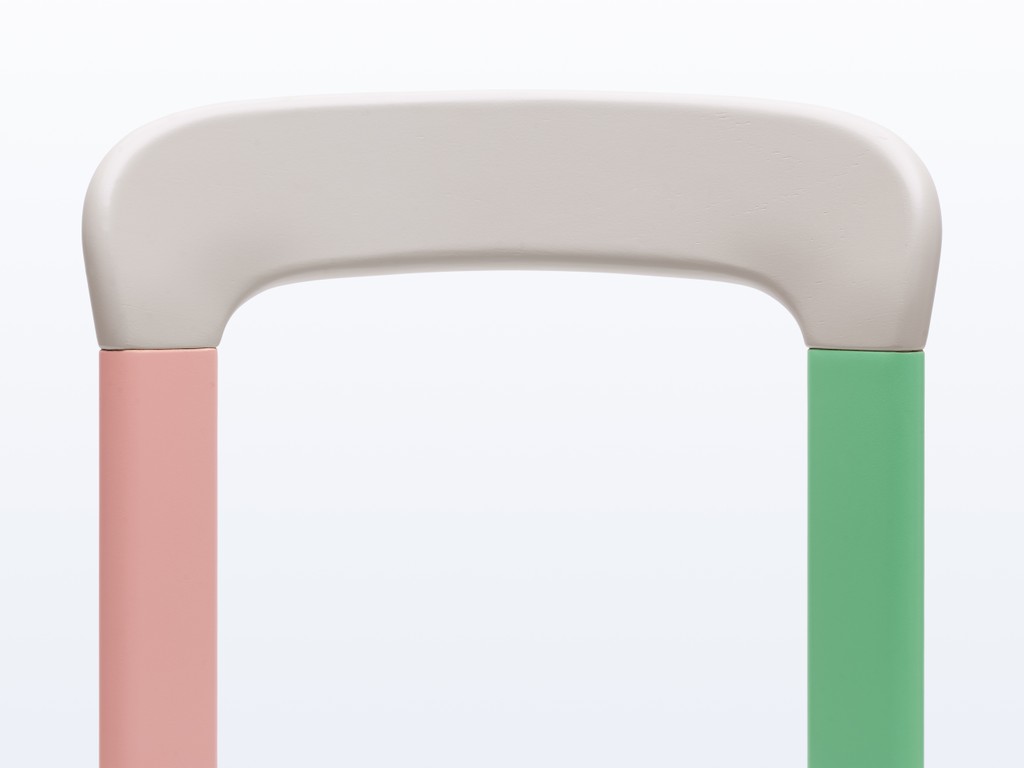
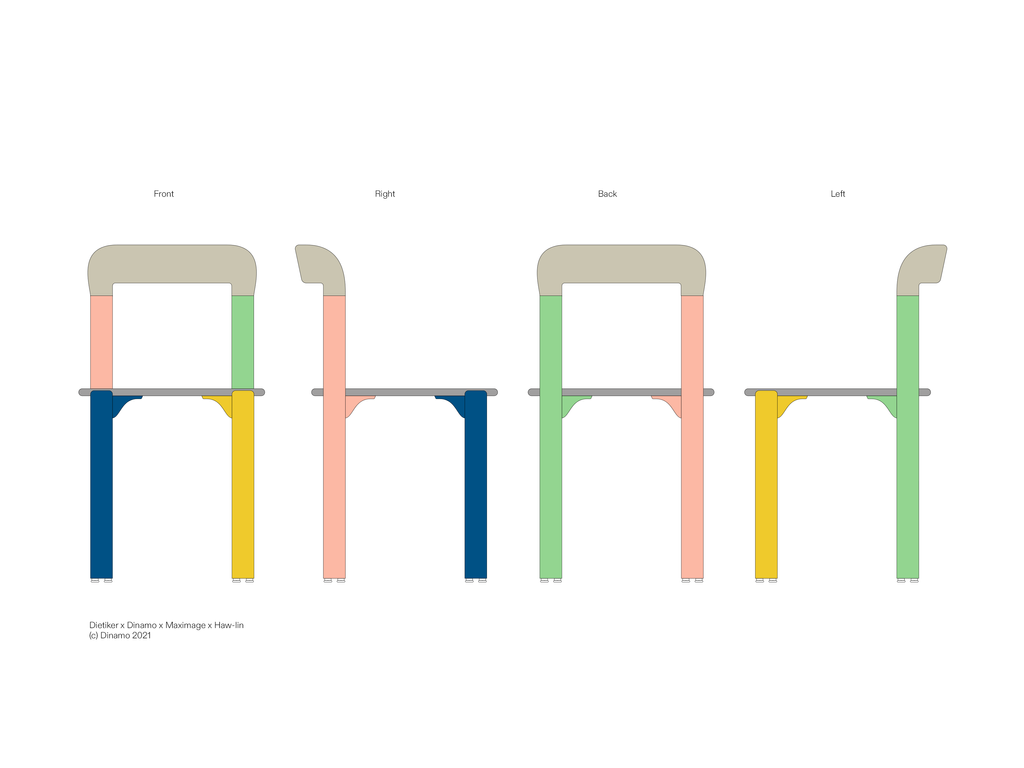
Bruno Rey’s Modell 3300
For the Swiss, the Modell 3300 chair is a design we have all known and grown up with, as it’s been a staple of public interiors for the last fifty years. Since its release in 1971, it’s been a bestseller, with more than a million units sold—a substantial number considering we’re a nation of 8.5 million residents. Every care home, community center, governmental bureau, and probably every second high school canteen has been equipped with the sturdy, practical design by Bruno Rey at one time or another. For less superior chairs, the stuffy and bureaucratic atmosphere of their environments might leave an impression, but these contexts have not been enough to dethrone the Model 3300 from its place as one of the greatest pieces of Swiss furniture ever made. It’s a sleeper, which until now has mostly gone under the radar, unnoticed by design aficionados. So, let me now shed a bit of light on the 3300.
After graduating from the Kunstgewerbeschule Zürich (ZHdK today) under the professorship of Willy Guhl in 1960 (you might be familiar with Willy Guhl’s Strandstuhl for the company Eternit), Rey devoted his life to designing chairs. Frustrated with the rectangular and formalistic chair designs on the market, he realized that new technologies—but also new lifestyles and experiences—could be brought together into a new form, and also, in an “organic” way. Inspired by the Eames’ experiments with fibreglass, Rey first tried his hand at a plastic chair design—the material was considered the most innovative at the time, believe it or not. But after some time, he shifted his interest to wood, remembering the Thonet Brothers’ innovation back in the 1850’s with bentwood chairs.
Rey wanted to address the wobbly screwed connections between legs and seat, which has been the bane of so many a chair designs since. He constructed a solid but light seat from one piece of plywood with engineered aluminium bridges connecting to the legs. Ultimately, his research, which consisted of many shapes and (failed) prototypes, led to the development of the Modell 3300, and it was subsequently put into production by the Swiss furniture company Dietiker. A frameless wooden seat, four cast aluminium connectors, straight plywood legs on all sides, and a simple curved wooden back formed the striking final design, which remains Rey’s magnum opus to this day.
With their keen eye, Dinamo discovered a special colored edition of a 3300 in the archive of Zurich’s Museum für Gestaltung. After numerous conversations between Dietiker, the company agreed to produce a special version of the chair, designed in collaboration with the Swiss masters of color, design studio Maximage. The front legs of this 3300 present themselves in RAL 5005 (Signalblau) and RAL 1018 (Zinkgelb), challenged by rear legs in RAL 040 80 30 (Naturapricot) and RAL 140 80 40 (Dentistgrün), elegantly balanced with a seat in RAL 9006 (Weissaluminium), and crowned by a backrest in RAL 085 80 10 (Samtbeige).
— Damian Fopp, curator at the Museum für Gestaltung Zurich

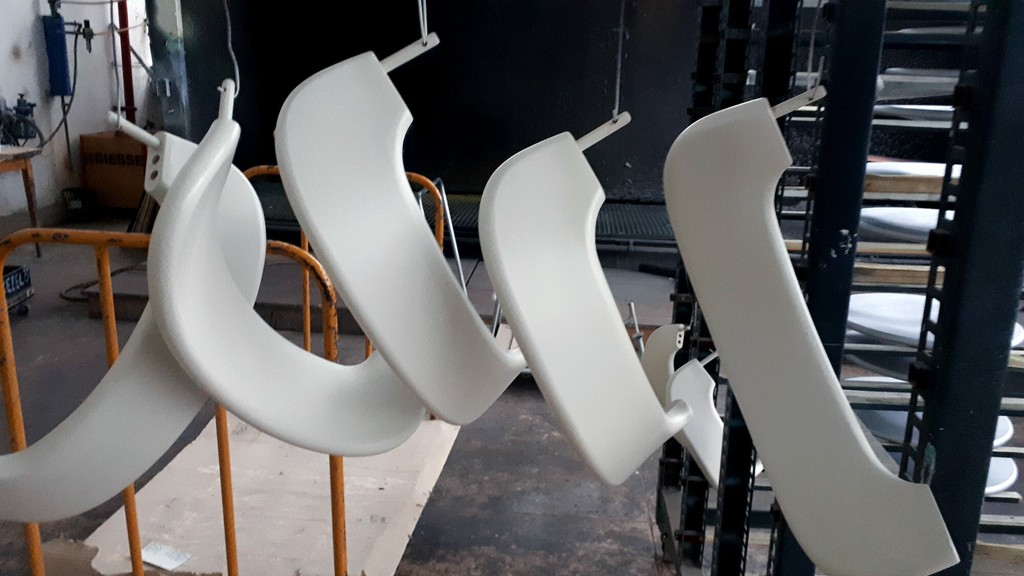
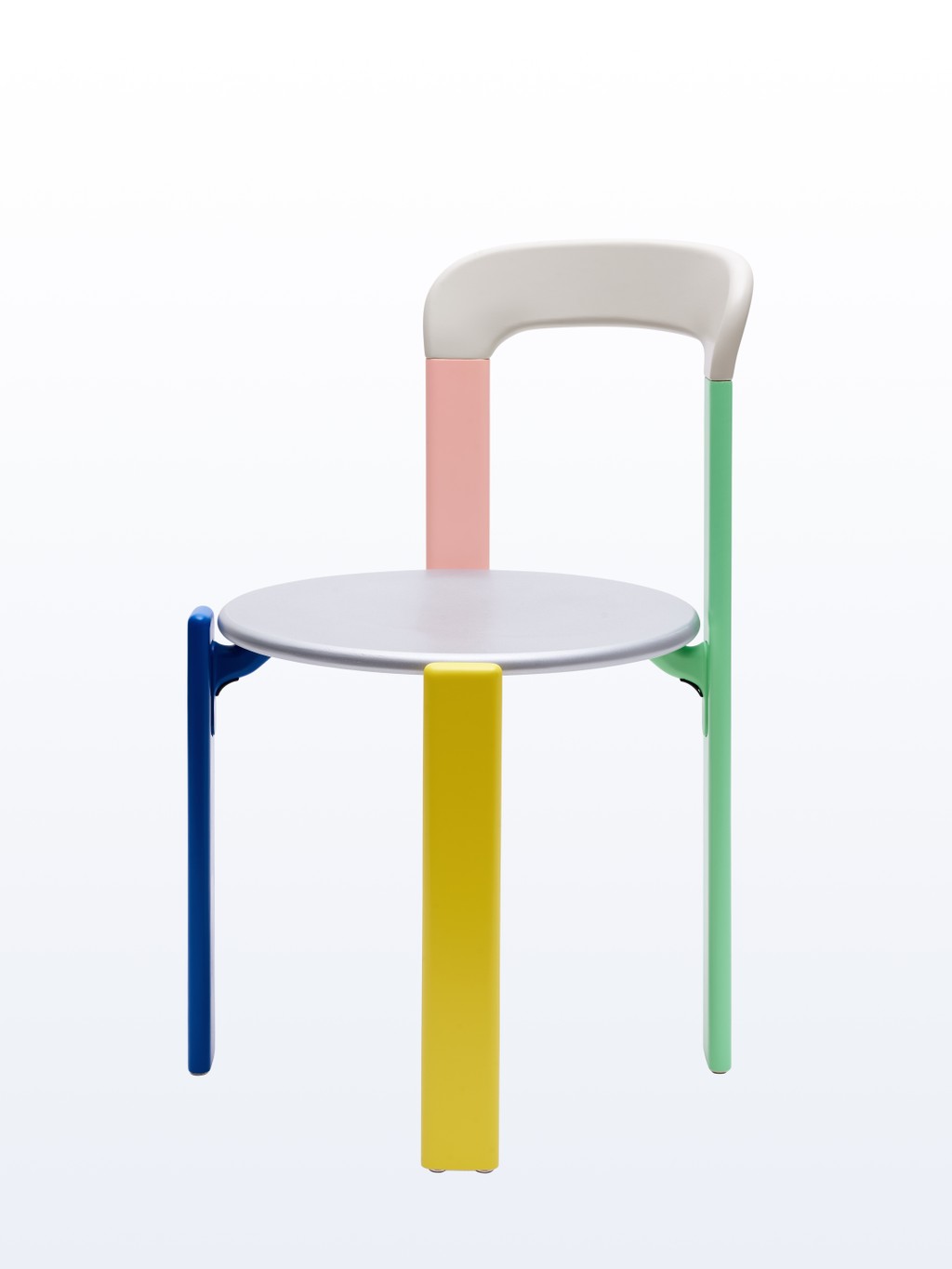


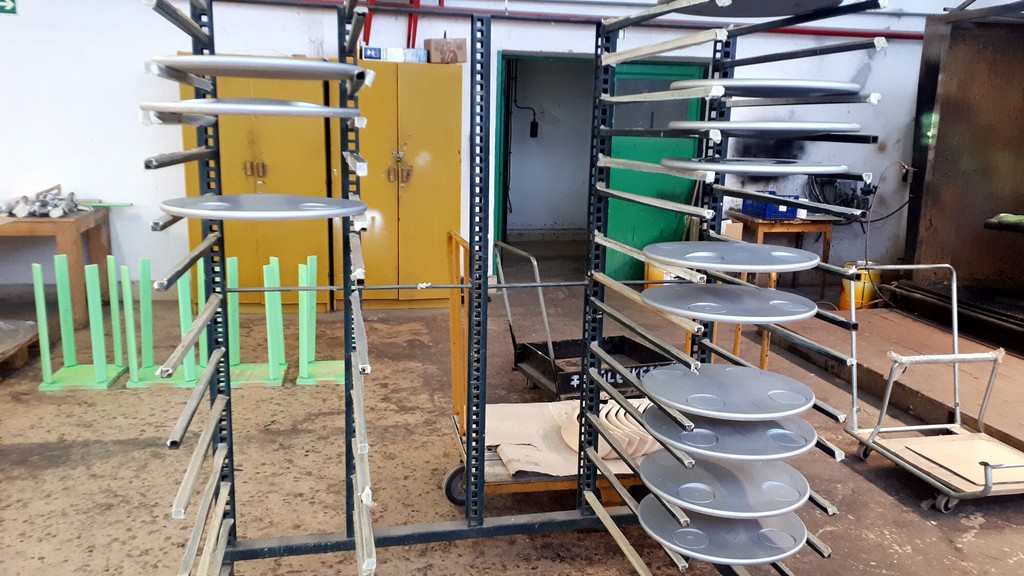


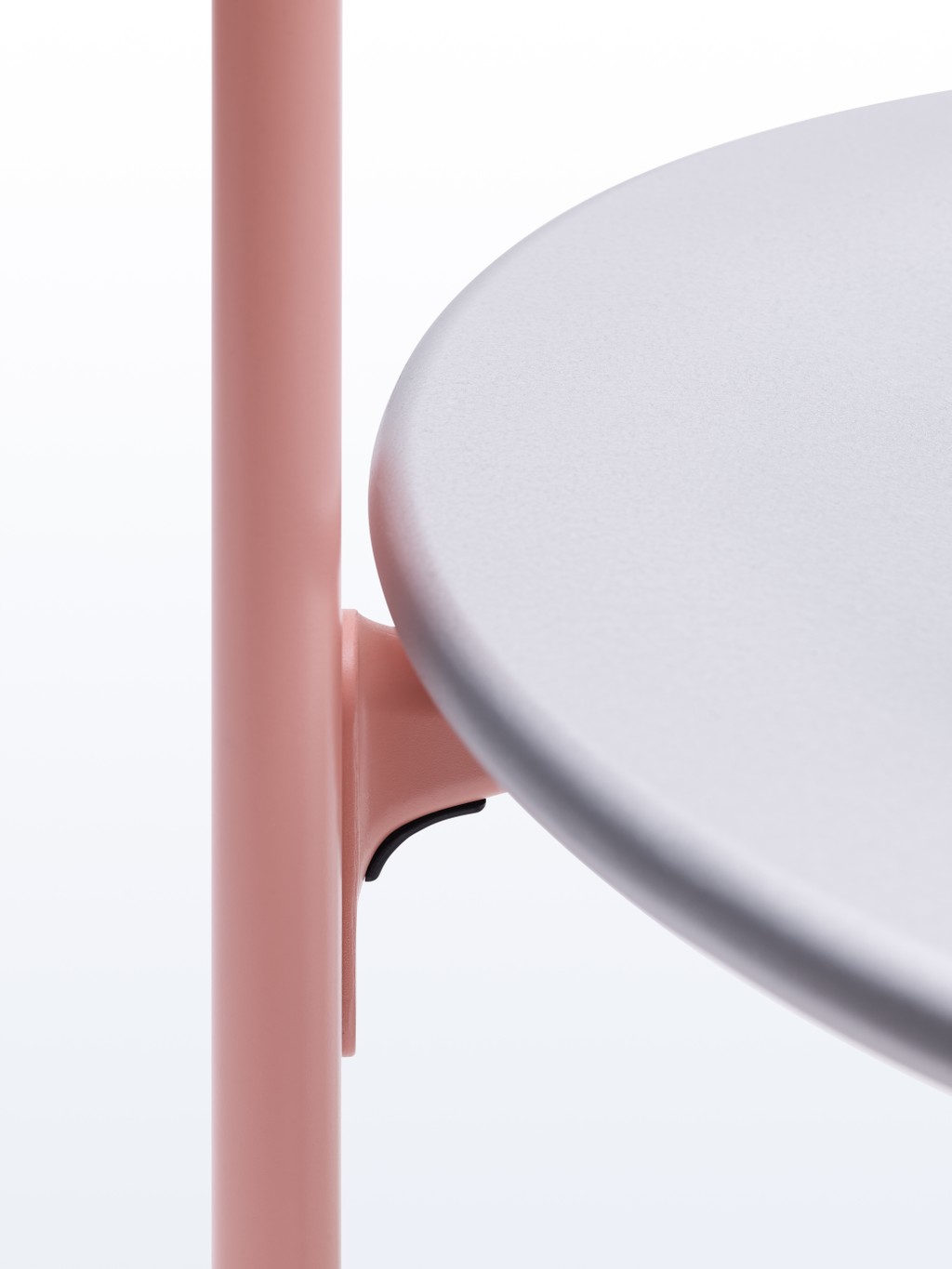
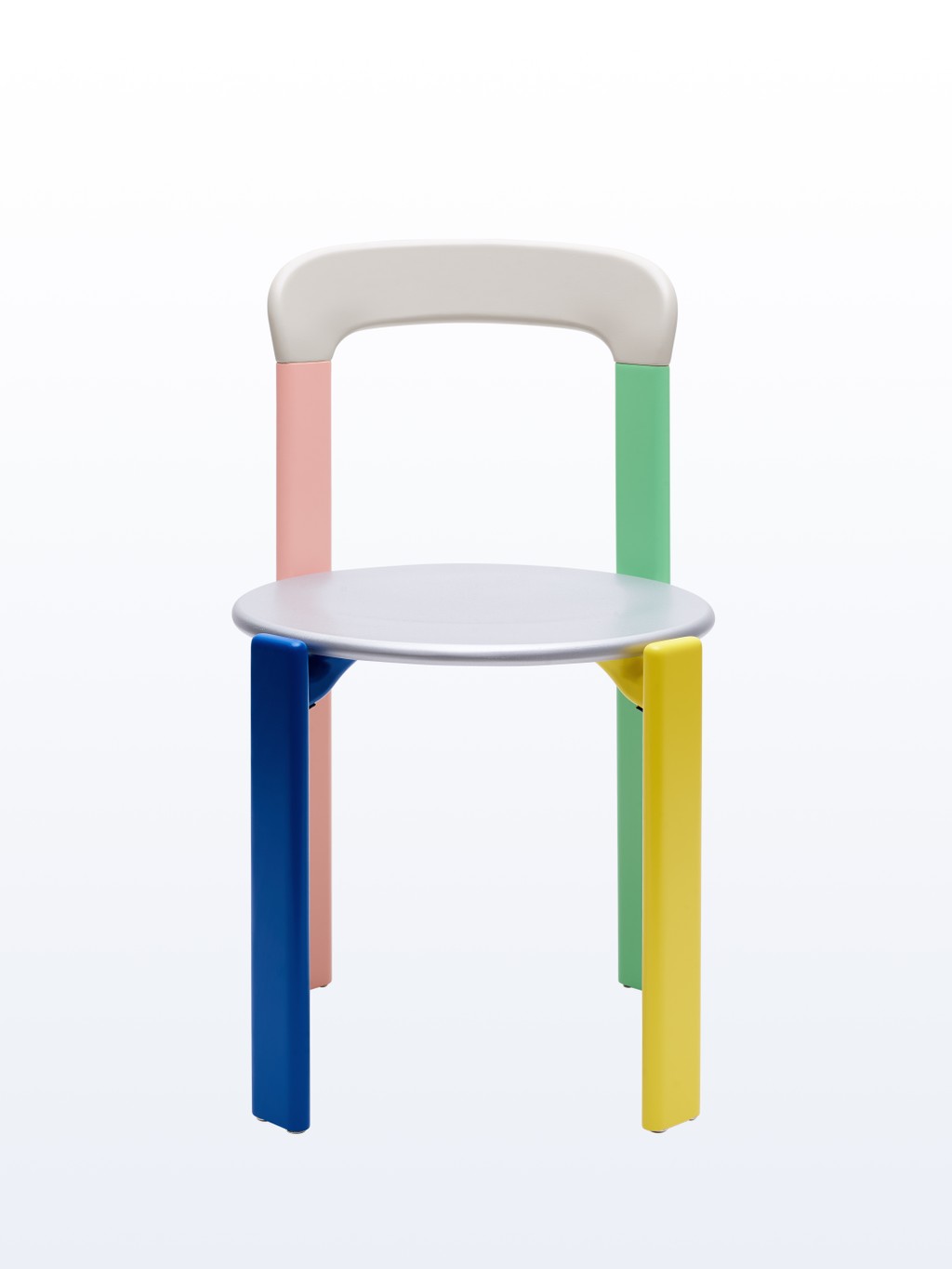
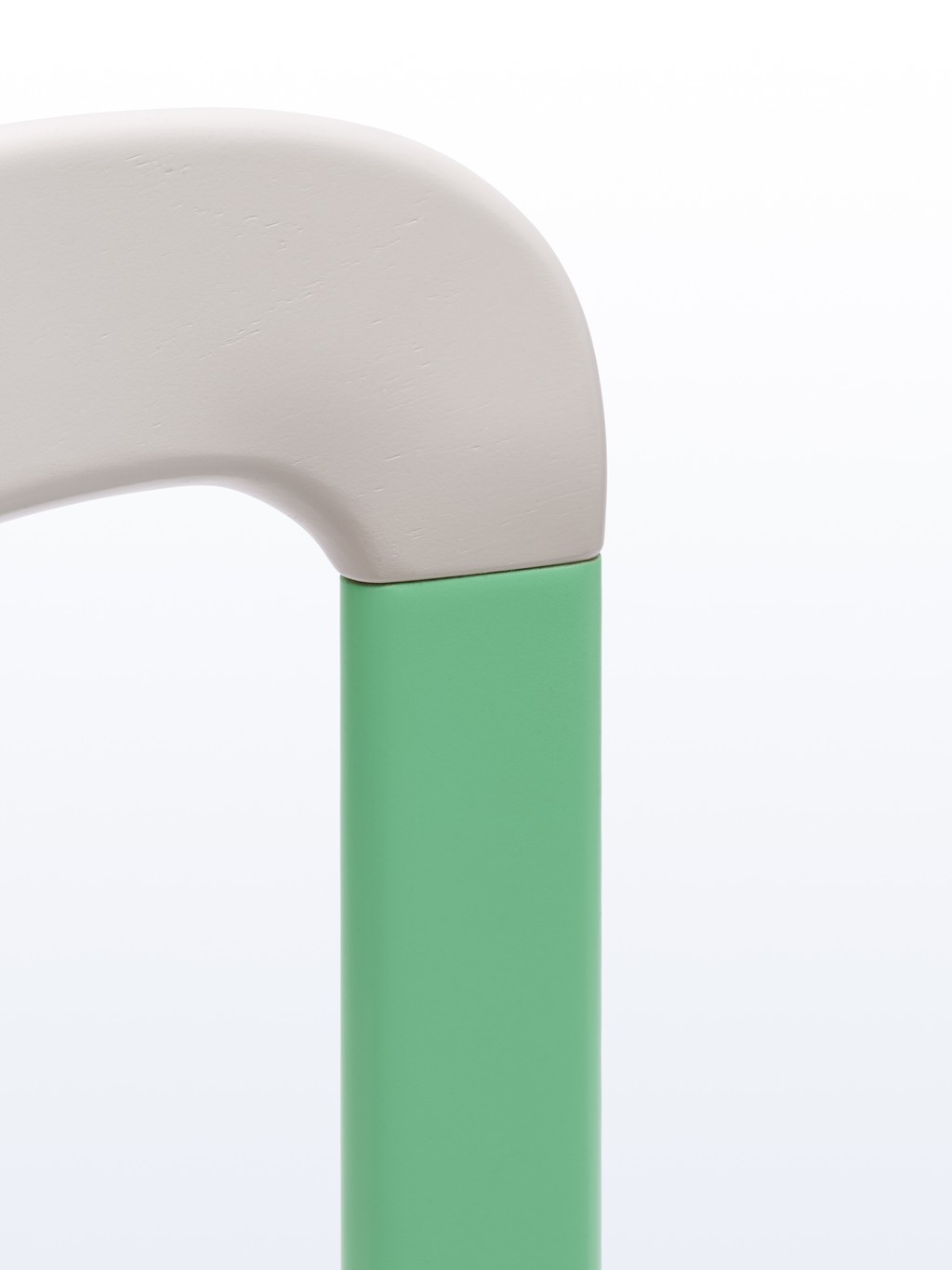
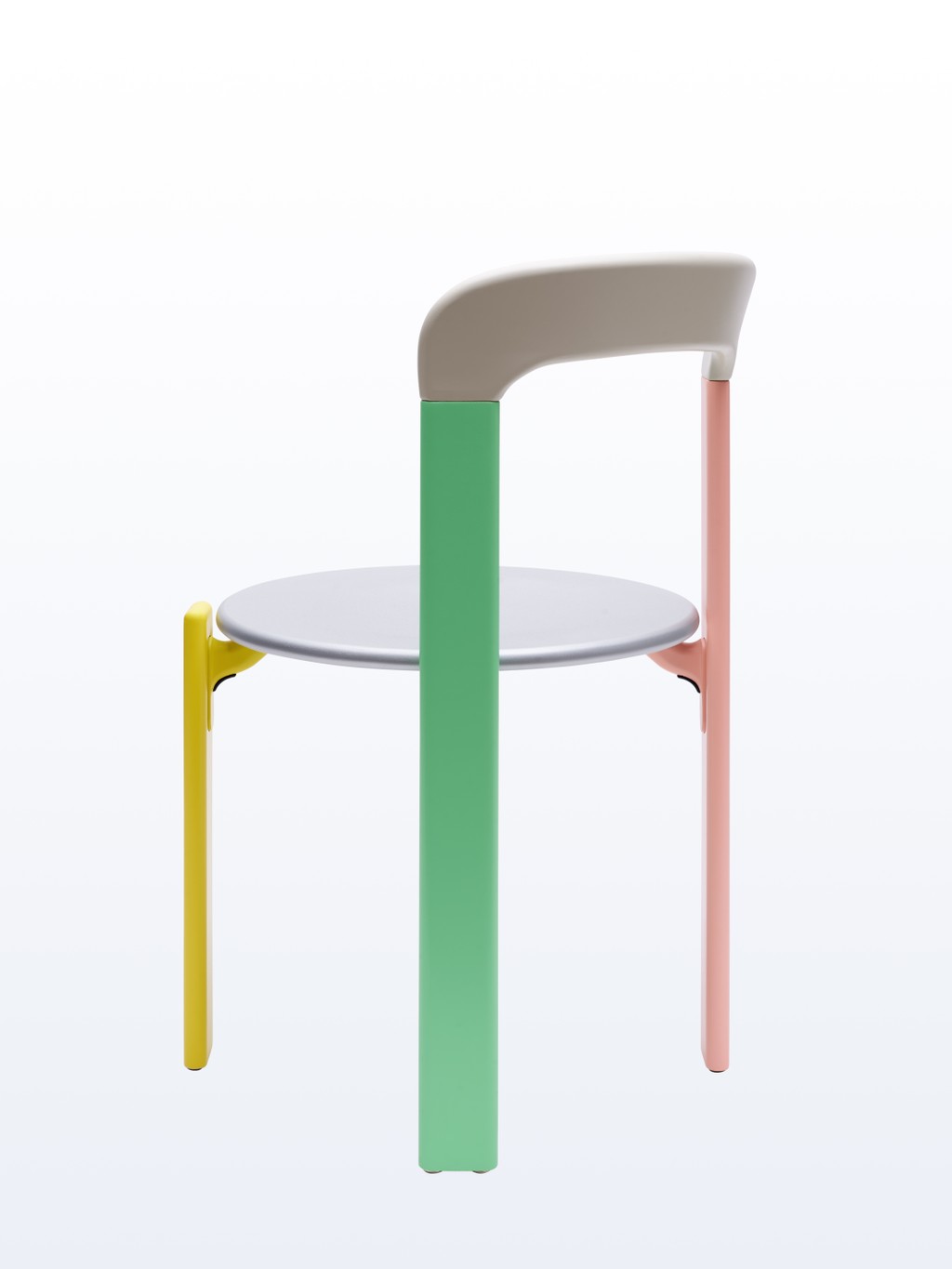
AR Chair
Dietiker x Dinamo Chairs for everybody! As yet another extension of our chair project with Maximage and Haw-Lin, we’ve developed an AR/VR version of the chair together with Digitatio / Mohamed Chajid from Rotterdam.
Demand for the real ones was big, and production was low 😩 – but we’re making small steps towards making a second round of physical chairs possible (likely towards end of the year).

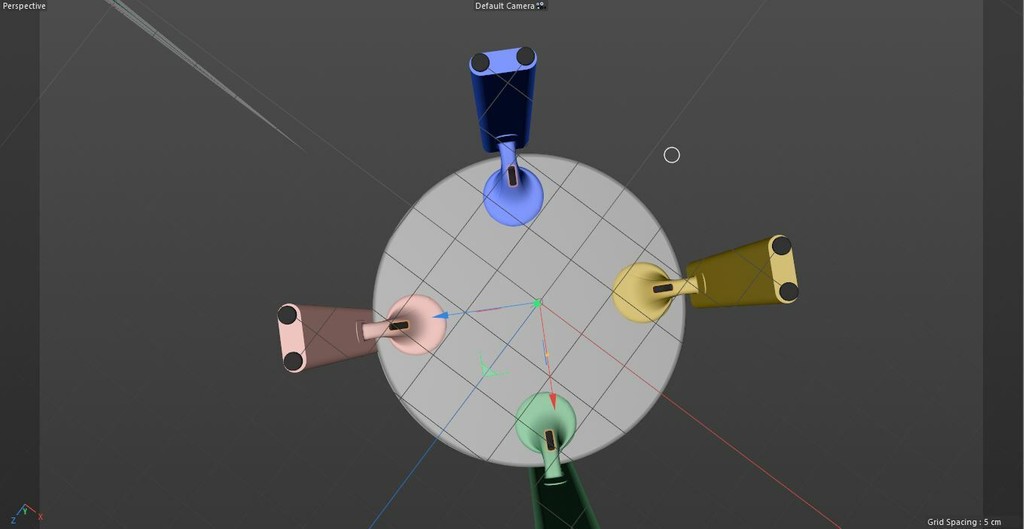
Credits
Concept: Dinamo (Johannes Breyer & Fabian Harb)
Colors: Maximage (David Keshavjee & Julien Tavelli)
Production: Dietiker AG
Video: Haw-Lin (Jacob Klein & Nathan Cowen)
Words: Madeleine Morley, Damian Fopp
AR chair: Digitatio / Mohamed Chajid